Wool is a wonderfully versatile material that goes far beyond traditional spinning. Known for its durability and warmth, wool can be used in numerous creative and practical ways around your homestead. This list will explore some of the lesser-known uses for wool that can enhance your self-sufficiency and make everyday life a bit easier. Whether you’re a seasoned homesteader or just starting out, these ideas will help you get the most out of every fleece.
1. Natural Mulch
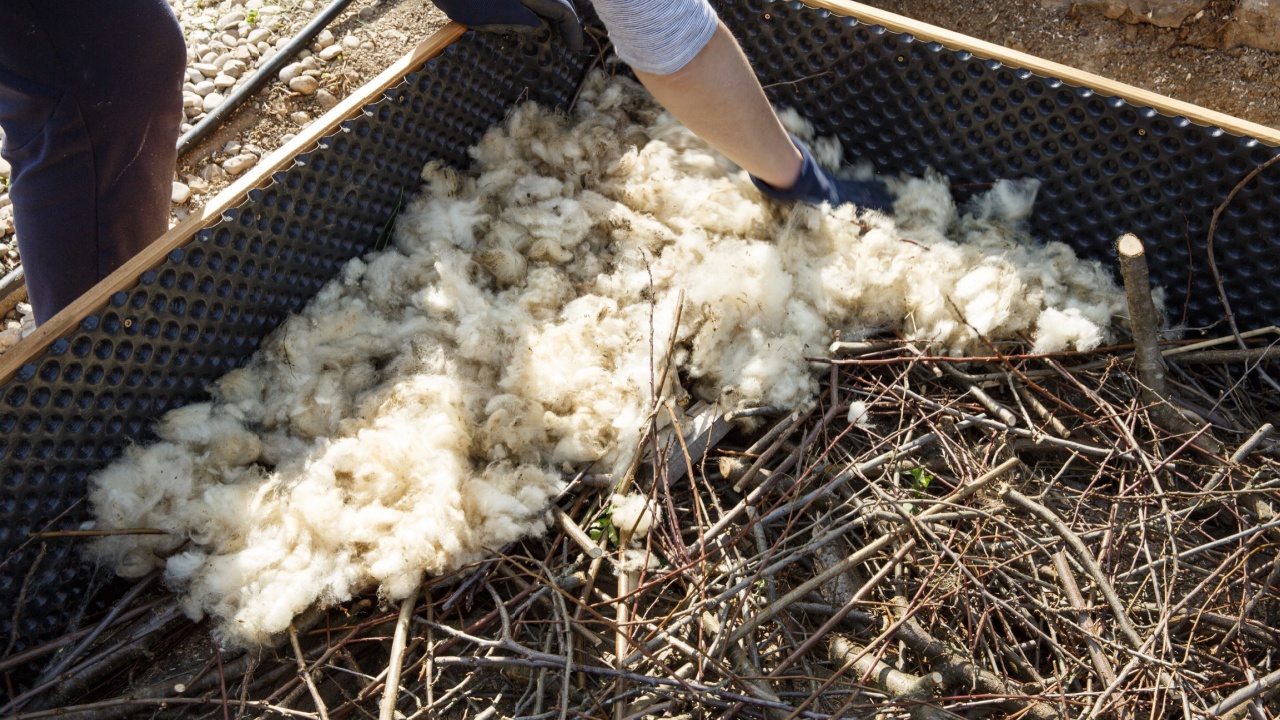
Wool can be used as an effective, natural mulch for your garden. Spread raw wool around the base of your plants to help retain soil moisture, suppress weeds, and add nutrients to the soil as it breaks down. It’s particularly good for moisture-loving plants and can help reduce your watering needs.
2. Home Insulation

Wool insulation is a fantastic eco-friendly alternative to synthetic insulators. Its natural properties help regulate temperature and manage humidity levels, making it ideal for keeping your home warm in the winter and cool in the summer. Plus, it’s fire-resistant and helps with soundproofing.
3. Felting

Felting is a great way to use wool for crafting. You can create dense fabrics ideal for durable items like hats, shoes, or bags. Wet felting involves matting, condensing, and pressing the fibers together, while needle felting uses barbed needles to interlock the wool fibers into shapes.
4. Wool Dryer Balls

Replace disposable dryer sheets with wool dryer balls. These balls help separate clothes during the drying process, reducing drying time and static cling without the chemicals found in traditional dryer sheets. They can be used hundreds of times before they need replacing.
5. Fire Starter

Wool is naturally flame-retardant, which makes it a surprising but effective fire starter when combined with a flammable substance. Dipping wool in beeswax can create long-burning fire starters that are perfect for camping trips or emergency kits.
6. Oil Spill Cleanup
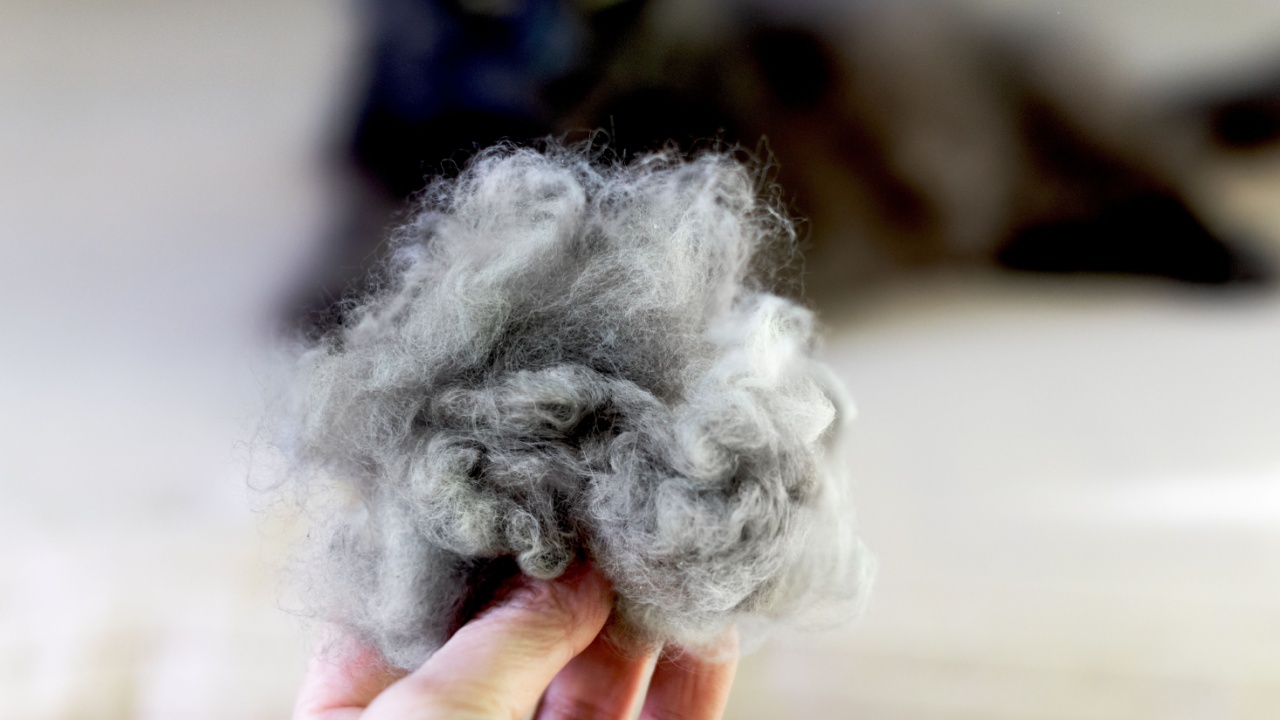
Wool’s natural oils repel water and absorb oils, making it excellent for cleaning up spills. You can use loose wool to soak up oil in your garage, or on waterways in the case of larger environmental cleanup efforts.
7. Upholstery Padding

Wool padding is used in traditional upholstery for its durability and comfort. It’s naturally resistant to dust mites and mold, making it a healthier choice for furniture in your home.
8. Bedding
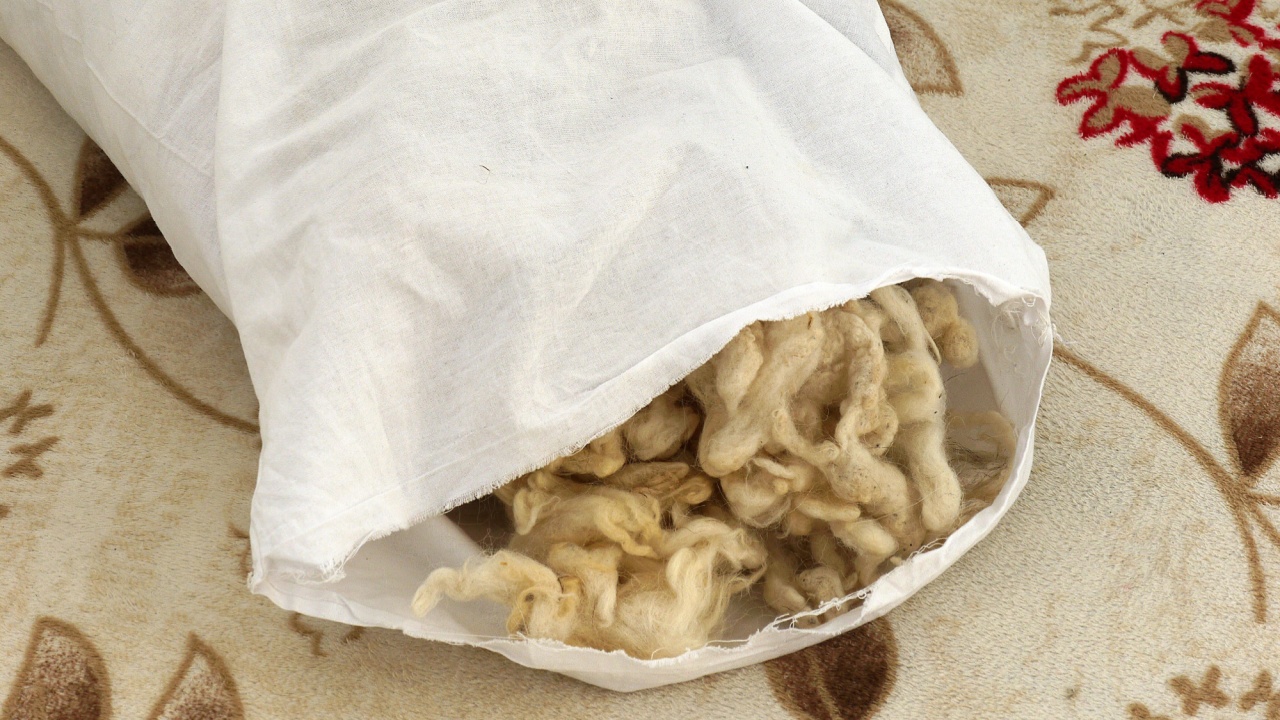
Use wool to stuff homemade pillows or duvets. Its insulating properties make it perfect for bedding, keeping you warm in winter and cool in summer. Wool is also hypoallergenic, making it ideal for those with allergies or sensitive skin.
9. Crafting Yarn

Create chunky yarn from wool for use in knitting or crocheting without spinning. Simply felt strips of wool roving to make them thicker and easier to work with. This can be a fun way to make scarves, rugs, or other crafts.
10. Packing Material
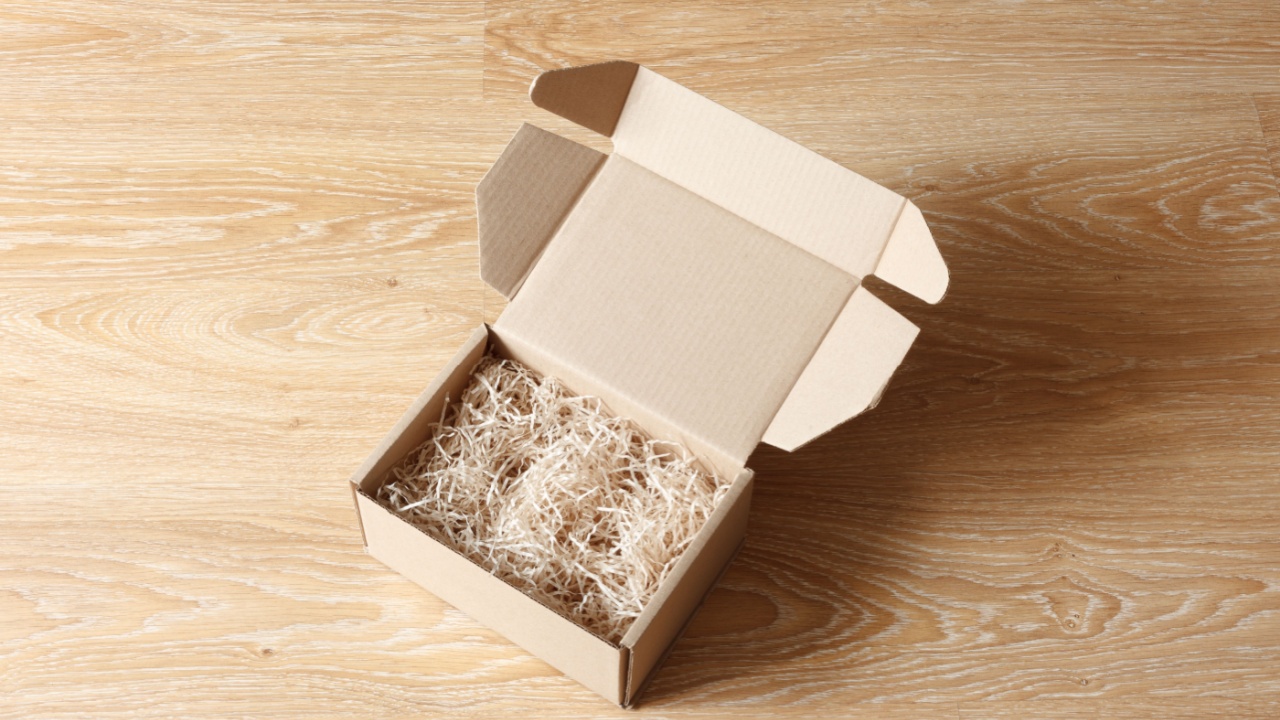
Wool fibers can be used as a natural packing material. It’s excellent for cushioning fragile items without the worry of static damage that some synthetic materials can cause.
11. Hanging Baskets Liner
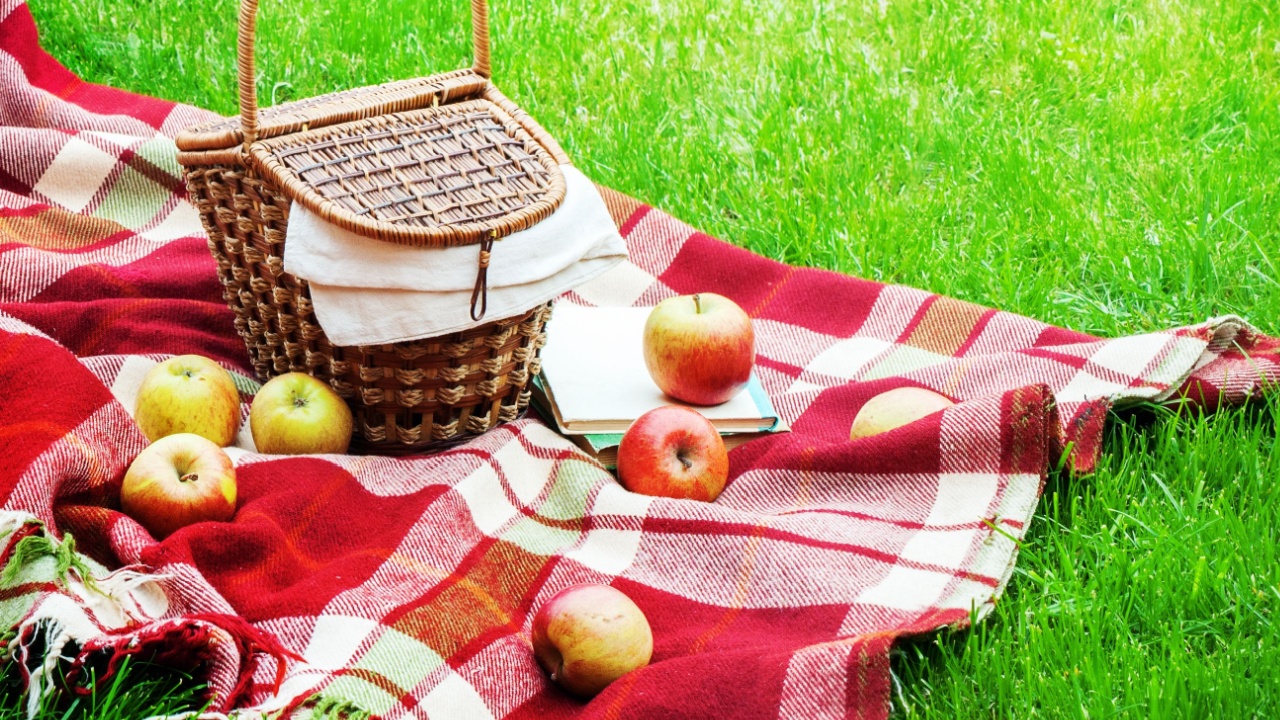
Wool makes a great liner for hanging baskets. It helps retain moisture and slowly releases it back to the plants, reducing the frequency of watering. Plus, it’s a natural, aesthetically pleasing option.
12. Soil Amendment
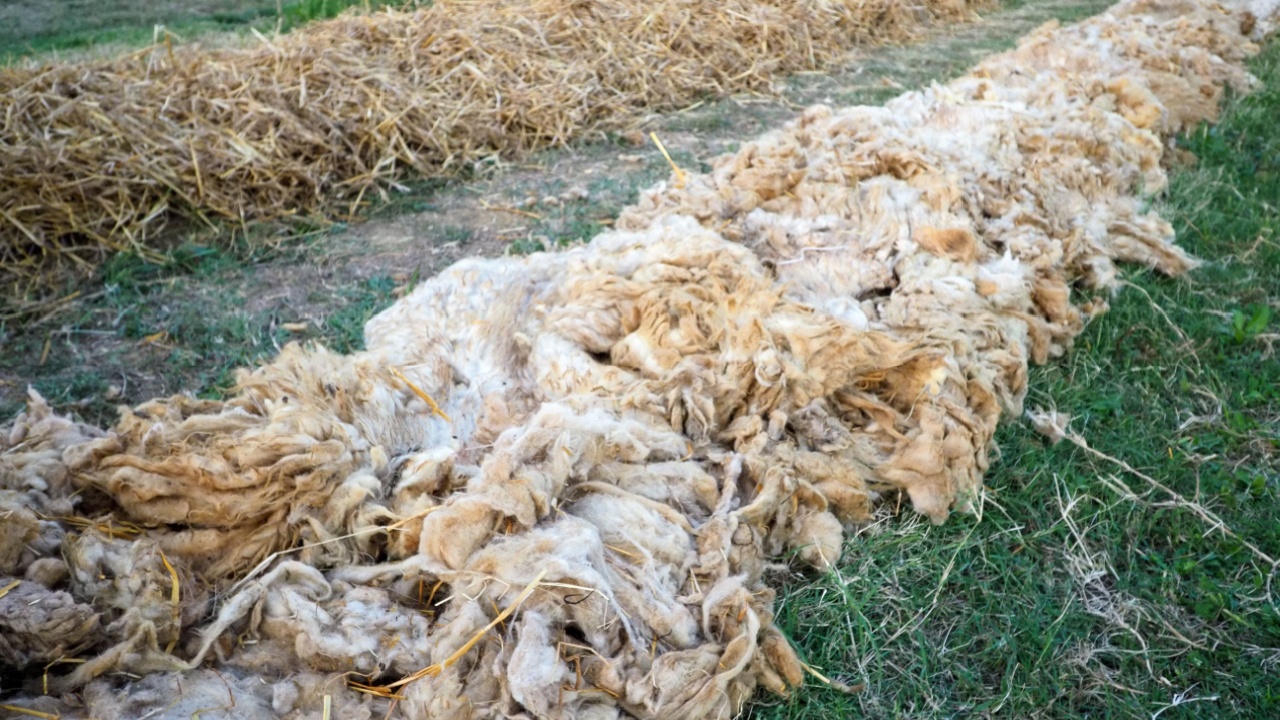
Add wool to your compost pile or directly into your soil. It slowly releases nitrogen as it decomposes, enriching the soil. This is especially beneficial for nutrient-hungry crops and can improve soil structure.
31 Ways to Boost Home Security: How to Fortify Your Fortress and Deter Burglars

We sadly live in a society where it’s all too common for criminals to want to take what we’ve worked hard to get. The results of a break-in are traumatic, too. Beyond just losing your stuff. Victims often feel violated, anxious, and unsafe, sometimes for years after the event.
Prevention is the best way to stay safe. And, while you shouldn’t have to turn your home into a fortress, that’s the stark reality of our world. But you can take plenty of simple steps to deter burglars and ensure your home is less attractive to would-be thieves.
25 Winter Foraging Foods to Save Money on Your Grocery Bill
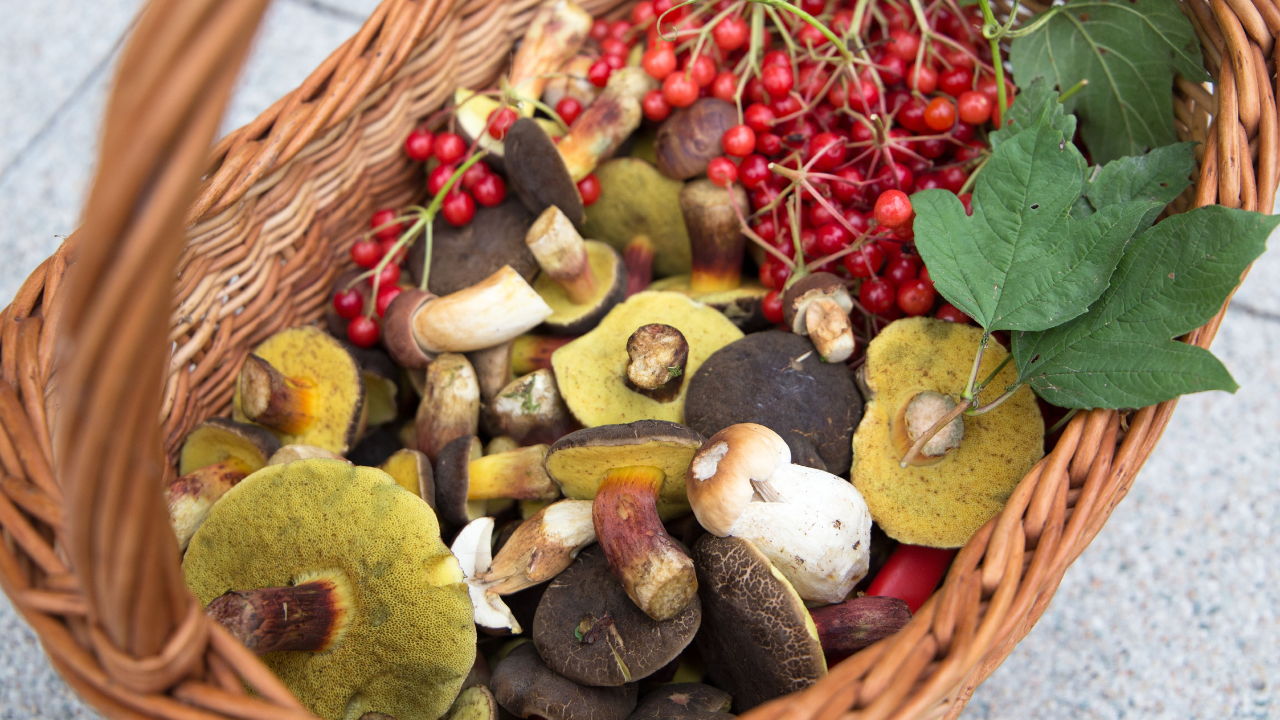
With food prices going up by 15% from October 2021 to October 2023, finding ways to cut down your grocery bills is more important than ever. Winter foraging is an awesome way to add to your pantry for free. Yes, you get free food in the form of wild edibles, but it’s also fun for the whole family, gets you moving, and reconnects you with nature.
Even though foraging in winter seems hard compared to the bounty of late summer, there’s still plenty out there if you know where to look. Plus, if things do go south, you need to know how to get wild foods to survive when there are no old-world supplies to access.
23 Smart Ways to Preserve Food
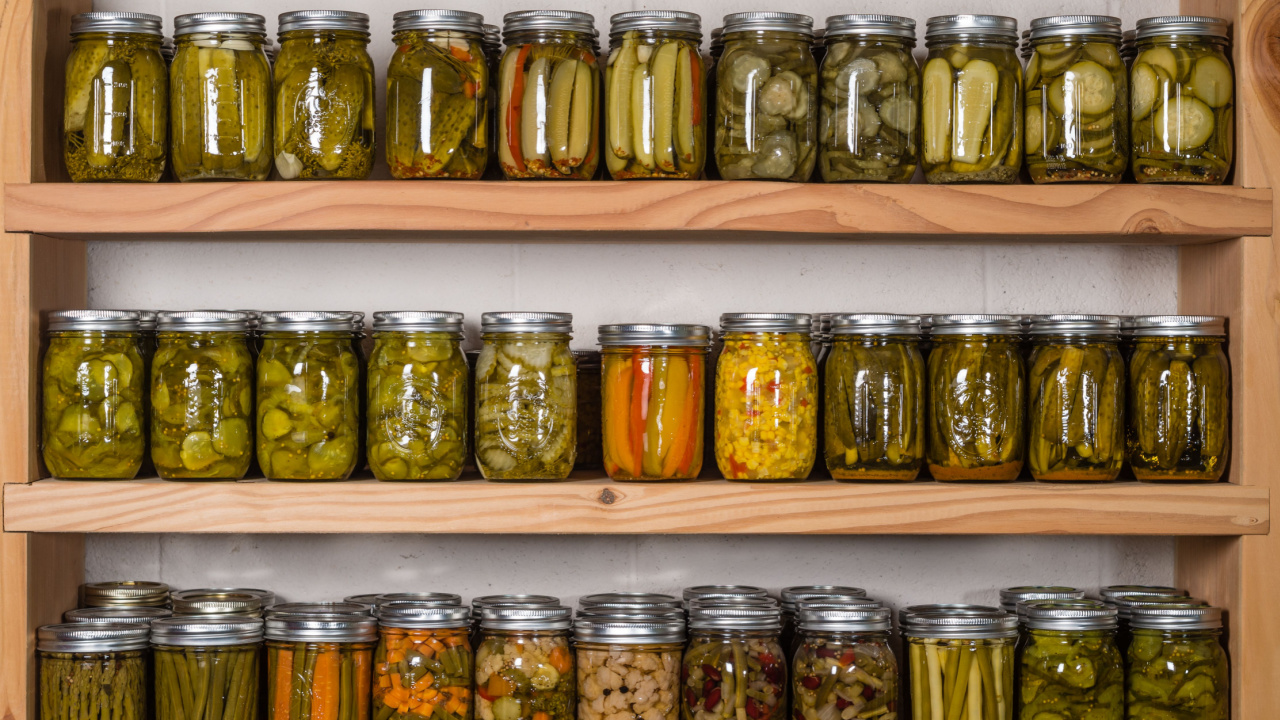
Preserving food is an art as much as it is a science, tapping into our ancestral roots and addressing modern needs. Whether you’re looking to avoid waste, prepare for leaner times, or simply enjoy the fruits of your labor year-round, these 23 smart methods will guide you through. I’m a huge fan of preserving things I find on sale, gluts of produce from my homestead, or produce I’ve bartered with someone else.

